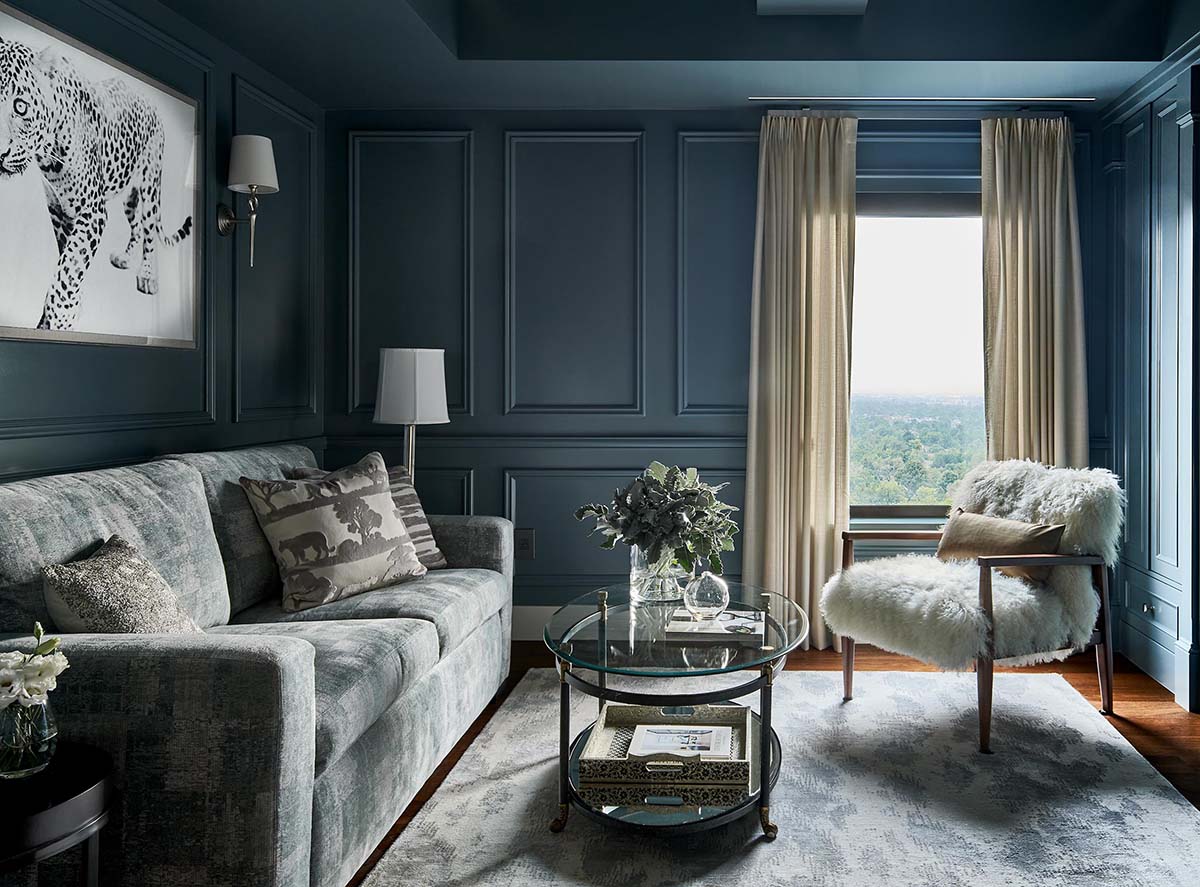Nine stars of BOH’s 50 States Project weigh in on how often they reassess their design fees.

GROWTH MARKERS
“I revisit my fees every year—and that does mean they go up. I take inventory of what I had been charging and what my profit was that year. The driving factor for a fee increase is the complexity of the jobs I took on and the time dedicated to the design process. The press I’ve gotten also plays a part. I believe that the more visible my work is—especially if I get calls and inquiries about the article from consumers—I’m acting as a leading voice in this industry and should be compensated accordingly. Lastly, I take my experience into consideration. As you perfect your systems, become more efficient and hone your craft, I feel there’s a certain fee bracket you should be in.” —Laura Thurman, Tennessee
CATBIRD SEAT
“A good indication that it is time to reassess our fees is when we have a waitlist. This tells me that our company and work is in demand, and we can and should raise our rates accordingly.” —Jodi Cook, Colorado

GROUP EFFORT
“Twice per year, I host a team retreat where we dig into the business aspects of our operations, including a deep dive on fees. We review time tracking and operating costs and perform project ‘autopsies’ to ensure that our pricing is still appropriate.” —Cheryl Luckett, North Carolina
READ THE ROOM
“I reassess my fees periodically throughout the year using three considerations: One is overhead, as I recently hired an assistant; the second is my six- to nine-month waitlist; and the third is my level of expertise. My business is still relatively young, and I was in a new community, so I have been learning more about billable rates throughout the area. Having a waitlist that far out and a near 100 percent discovery-call conversion made me understand that I had room to adjust my fees. I know what feels right in our community, but I am also not afraid to do what is right for my own sanity.” —Beth McDonough, Alaska
BOOM CYCLE
“I reassess my fees based on demand. If I’m consistently booking consultations at one rate, then it’s time to raise the rate. As I do a flat fee for design services, I have also readjusted the baseline numbers during this high-demand time to increase fees across the board. A project that was quoted in December 2020 would likely see an increase of 25 to 30 percent if it was re-quoted today.” —Kelly Finley, California
PROJECT POSTMORTEM
“We do a profitability analysis after each project, which allows us to compare our initial time estimates, projections and total time spent on the project. We can then evaluate whether or not we need to make adjustments to our fee structure, estimates or internal processes. We also find this is a good time to make any changes to our contract if more clarity is needed on a subject or a situation that we hadn’t faced before.” —Jenny Slingerland, Arizona
KEY QUESTIONS
“I reassess our fees regularly—every time we take on a new project and draw up a letter of agreement. There are a few specific questions I ask and criteria that help us analyze fees to ensure we are profitable without being overpriced. For example, have our vendors raised prices? Will this project be heavier on construction or decorating, or both? Will we be designing and drawing elevations and plans, or will we be working alongside an architect or design-build firm? The type of project and scope of work help inform and determine the fee structure.” —Amanda Reynal, Iowa
_copy.jpg)
FACE VALUE
“Lately, I have been reassessing my fees monthly. With each consultation, I realize that I am providing a lot of value—and the more I invest in the consultation, the more the client is trying to get from me.” —Gail Davis, New Jersey
ANNUAL AUDIT
“We have a standard, flat price for every project we take on. Then, we determine design fees based on a home’s square footage and furnishings, which covers both our construction and design work. So much of design work is ever-evolving, but we’ve found this cut-and-dry approach works best for us when negotiating with clients. We reassess our fees annually, when we do our end-of-year company review. We like to evaluate how our time is being spent on each project. It also helps us move forward as a firm by narrowing down the projects we want to work on and those that might not be the best fit.” —Ashley Gilbreath, Alabama
Homepage image: Jodi Cook crafts a soothing sitting room bathed in soft blues and grays. | David Patterson




































